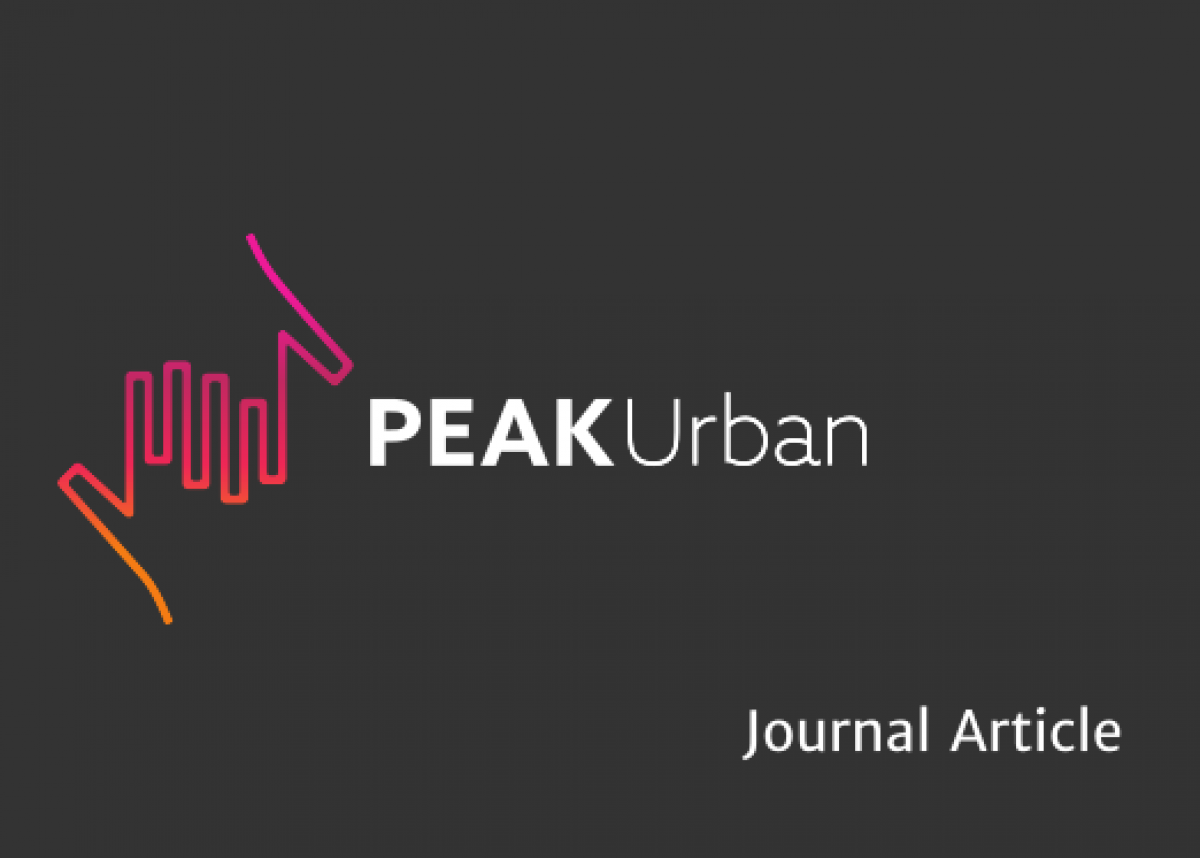
THE CHALLENGE
Transport is one of the most critical challenges of urban society. Travel behaviour and network traffic flows are important indicators and factors in planning for the sustainable development of cities.
As cities and mega-cities continue to expand, there is a growing need to explore and understand the complex interactions between individuals’ travel behaviour and patterns, transport flows and the development of an urban society. The main aim of this project is to propose policy scenarios for cities that are planning sustainable transport systems to ensure improvements in individual well-being (health), local air quality (environment pollution) and global climate change (energy consumption and GHGs emissions) and in meeting other relevant SDGs.
OUR APPROACH
Using London and Beijing as the city case studies, the project aims to answer three research questions:
1) how individual behaviours of travel and location choice and network traffic flows are affected by social and cultural contexts, economic development, governance, technological innovations and spatial patterns of the built environment?
2) what are the individual and social external effects of the behaviour and traffic flows?
3) what and how public policies can be applied to promote urban sustainability?
Comparative studies are being done between London and Beijing. For instance, we compare the effects of travel behaviour education, metro system and travel management on travel behaviour between London and Beijing. Other methodologies include literature reviews, quantitative data analysis and qualitative travel surveys.
A behaviour-based transport model will be built to simulate travel behaviour and traffic flows in Beijing. The model will also be used to forecast the travel demand in different scenarios.
Finally, policies and interventions are being estimated and evaluated in terms of their costs and benefits to the relief of transport congestion, the promotion of walking and cycling, and the reduction of transport energy consumption and pollution emissions.
LATEST DEVELOPMENTS
We are using multi-source data to describe the temporal-spatial characteristics of urban land use, individual people’s travel behavior, socioeconomic features and traffic flows. We used mobile phone data to estimate distribution and socioeconomic attributes of population in megacities based on the one square kilometre grid spatial unit.
We also used mobile phone data to identify long commutes and their demographic variations and found that long-time commuters are highly concentrated in super-size suburban gated communities. As a result, commuters living in these zones face the challenge of a job-housing imbalance, and thus, long commute times.
We examined social and cultural contexts, economic development, governance arrangement, and the built environment as factors influencing travel behavior. We focused on gender differences and relationship with jobs-housing distribution. The average commute time for women in urban centers is generally shorter than men, and only in some periphery of the suburbs, women commute longer than men. The reason may be that there are more jobs in the central urban area, so women have more opportunities to find suitable jobs closer to their homes, so as to reduce commuting time to take care of their families. And the higher the ratio of female commuters in an area, the shorter women's commuting time.
Finally we predicted and simulated travel behavior in proposals and policy scenarios to evaluate public policies. We measured the range of “Basic Living Circle” using travel distribution from mobile phone data, and evaluate service facilities accessibility obtained through POI (point of interest) data. The results shows the basic living circle radius for most residents in core urban area are smaller than for residents in suburban area.
People














